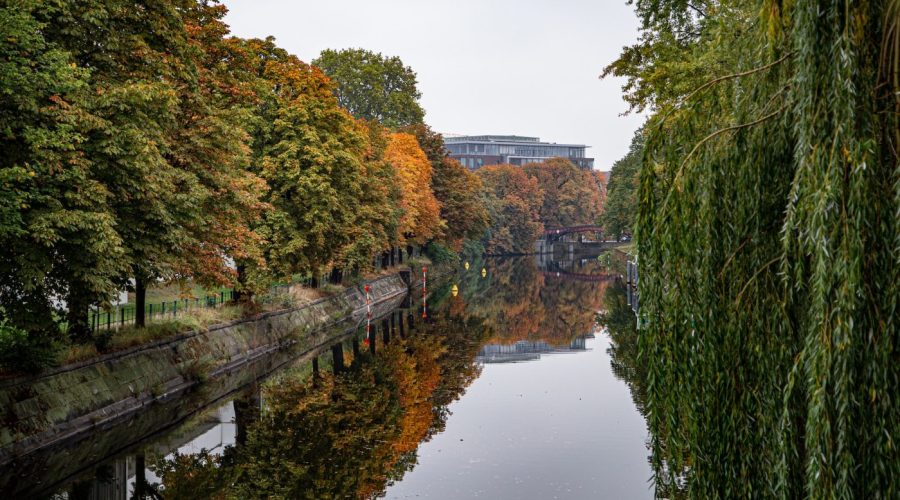How Can You Make Berlin Walking Tours More Accessible?
Discovering a new city on foot is a thrilling experience and is especially true in Berlin. Steeped in history, alive with culture and boasting some of the most beautiful buildings to walk through the city has something to offer for an unforgettable walking tour. But also it should be accessible and to continuing to allow the tours to be accessible to everyone. In this blog post we show you some ways to make your Berlin walking tours more accessible.
1. Create a Detailed Accessibility Guide
The first key to making your walks more accessible is to have an accessibility guide in place. This guide should include information that is crucial, such, as wheelchair accessibility, available ramp or elevator, and accessible restrooms along the tour route. Providing this information up front will allow people with disabilities or mobility impairments to plan their visit accordingly.
2. Optimize Routes for Wheelchair Access
When planning your walking tour take into account the requirements of people with wheelchairs. Choose to ride on routes that are uphill, idyllic smoothness and paved surfaces, do not walk on any steps, or uneven terrain. When possible arrange to stop at wheelchair accessible attractions, such as a museum or park.
It’s also to be aware of any obstacle on the route from steep slopes to narrow path on construction site. By including this information in your access guide individuals can make plans to their journey in advance of travelling or make different journeys if needed.
2.1 Including Audio Description
For people who are blind or visually impaired, audio descriptions of the key points of interest along the tour are absolutely essential. These descriptions can be either pre-loaded or, alternatively, live tour guides can provide them in voice. Make sure the audio descriptions contains enough descriptive detail to enable viewers who rely upon visual aids to create for themselves what the real sight looks like.
2.2 Installing Tactile Pathway Markers
Another great depth to your tour itineraries is tactile pathway markers. These markers – and possibly containing textured surfaces – provide the visually impaired the means to understand direction changes, identify intersections, and notify individuals whether they are near any nearby destinations or facilities.
3. Offer Multilingual Tour Options
Berlin draws visitors from every corner of the world, and making tours multilingual can really increase accessibility for the international tourist. Maybe have audio – or written – guides available in a few languages, so that everyone can understand and gain something from the tour’s content.
4. Educate Train Tour Guides in Access Awareness
Taking the Expo to Down Under presentation for tour guides to learn about accessibility awareness is an investment in an Accessible tour experience. Teach them about typical disabilities, etiquette with individuals with disabilities and when a person needs extra help throughout the tour.
4.1 Effective Communication Strategies
Train your tour guides proper communication techniques, such as talking clearly, raising your voice when necessary to be heard by the entire group, using visual aids or props to help illustrate your points. Remind them to be listening supportive of any questions or requests for help that come along, all participants feeling valued and included.
4.2 Being Mindful of Physical Assistance
It’s absolutely necessary to come to the aid, but always ask before giving a hand physically to someone with disability. Not all entails physical assistance; respect their self reliance and permit them to advise their needs.
5. Supply Rest Areas as well as Accessible Facilities
Guided walking tours can be pretty exhausting, so of course it’s advisable to give out plenty of frequent rest stops along the route. These stops should have seating as well as have accessibility amenities such as accessible restrooms and water stops. By thinking about the physical needs of EVERYONE there you make it a more comfortable and enjoyable experience for EVERYONE.
Through successfully scouting out these options, you can more easily provide your Berlin tours to individuals who have a disability or a mobility problem. And don’t forget, accessibility is not just all about compliance…. It’s also about creating a memorable experience for everyone taking part. Begin making these modifications today, and every walking tour turns into an adventure you won’t ever forget!
Table of Contents



